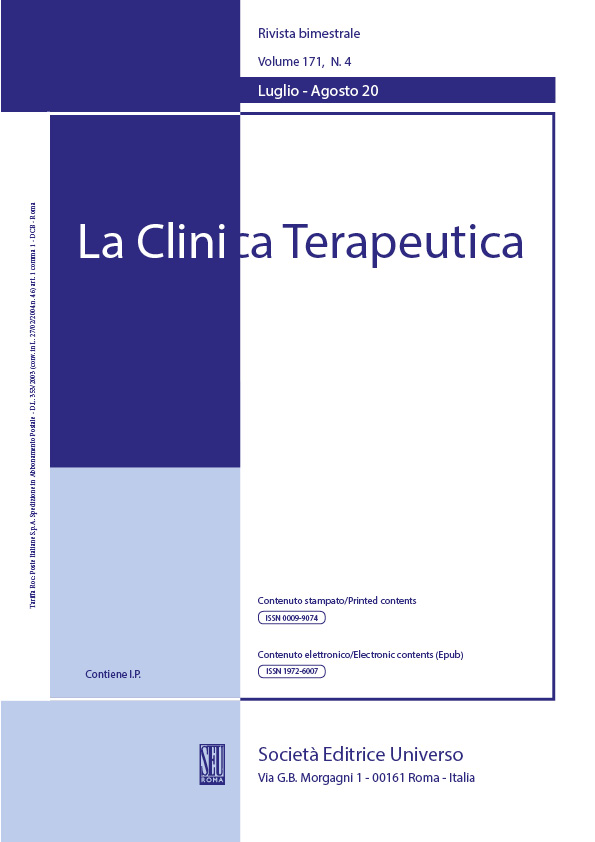Abstract
Introduction
Work-related stress (WRS) can harm both physical and mental health but it shouldn’t only be considered in its negative sense. The evaluation of WRS cannot be separated from the analysis of the subjective perception of workers, usually made by questionnaires. The aim of this pre-pilot study is to identify a new questionnaire capable of exploring as many psychosocial risk domains as possible and with a high internal consistency.
Material and methods
A first version of the questionnaire was administered to a convenience sample selected on a voluntary basis; both socio-demographic and work-related data were collected. A single item test was conducted on a group of 50 workers in order to assess whether the questions were confusing and to understand if they could be improved. The study sample completed the questionnaire at time 1 and time 2 (after 3 days). The 33-item version of the questionnaire was web-based in Google Form. Cronbach’s alpha and Pearson’s r were calculated.
Results
The analysis of the 33-item questionnaire at time 1 shows an excellent reliability with Cronbach’s alpha coefficients of 0.93. At time 2 Cronbach’s alpha coefficients was 0.94. Based on the test-retest score, the items with the highest scores were selected as part of the final version of the questionnaire (10-item). The reliability of this 10-items version is high with a Cronbach’s alpha coefficients of 0.86 both at time 1 and at time 2. Two items have been chosen to explore the “emotional demand” and “dealing with technology”.
Conclusions
The pre-pilot study provided a questionnaire with high reliability and high repeatability. In its final version, the questionnaire investigates different psychosocial risk domains and represents a possible useful tool for assessing worker’s exposure to them. The Authors reserve to administer the questionnaire to a larger population
